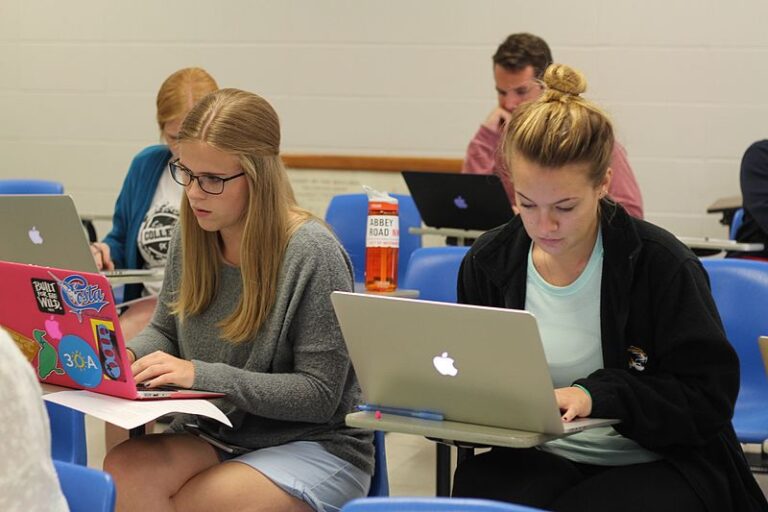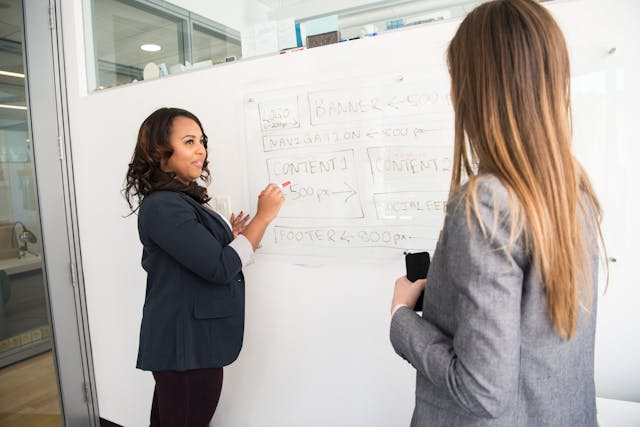Quality education in the current era frequently places an emphasis on welcoming students of all backgrounds. Having students of varying abilities learn and interact together has the potential to promote mutual respect, acceptance, and development. This is an admirable objective, but getting there won’t be easy. One of these is the stress that’s put on educators and classrooms, which can take many forms and have many consequences.
The Mounting Pressure on Teachers
The stress on teachers is inherent in inclusive education. Teachers in conventional classrooms have a lot on their plates as it is, trying to accommodate their pupils’ wide range of demands. This duty is magnified in more welcoming communities.
- Varied Needs: Teachers have a monumental burden when dealing with a diverse group of kids with wildly different needs and skill levels. It’s a constant struggle to meet each student’s requirements while still moving the class along as a whole.
- Specialized Training Deficit: Not all teachers have the knowledge or experience to deal with pupils who have certain disabilities, which is a major issue in the field of inclusive education. This may cause teachers to use ineffective strategies with their students or to overlook their individual needs.
- Complicated Classroom Dynamics: Organizing a large classroom presents its own unique set of challenges. When you include in the many different requirements of an inclusive education, it can be difficult to maintain order and promote effective study.
The Potential Dilution of Educational Quality
In the pursuit of inclusivity, there is a lurking danger of compromising the quality of education.
- Modified Curriculum: To ensure no student is left behind, curriculums might be adjusted or simplified. While this benefits some, it can inadvertently hamper the progress of students without disabilities who might be capable of handling more advanced content.
- The Issue of Individual Attention: In an inclusive setting, the spectrum of needs is vast. This means teachers may not always have the resources or bandwidth to cater to every student individually, potentially leaving some students without the tailored attention they might require to excel.
The Social Hurdles

Social integration is one of the primary aims of inclusive education. However, it can sometimes backfire, leading to unforeseen challenges.
- Bullying and Stigmatization: Instead of promoting understanding, the mingling of diverse groups can occasionally magnify disparities. Children with disabilities, instead of feeling included, might end up as targets for bullying or face intensified feelings of isolation.
- Risk of Overdependence: By constantly viewing their peers with disabilities as those needing help, students without disabilities might not see them as equals, leading to skewed perceptions and interactions.
The Infrastructure and Resource Gap
Inclusive education demands a plethora of resources, both in terms of physical infrastructure and teaching aids.
- Physical Infrastructure Concerns: Many schools, especially older institutions, may not be equipped with necessary facilities like ramps, specialized toilets, or sensory rooms essential for students with particular needs.
- Teaching Material Shortages: Even if a school is physically inclusive, the lack of accessible teaching materials, such as books in Braille or sign language interpreters, can still create significant barriers to effective learning.
Assessment and Feedback
A pivotal aspect of any educational system is the process of assessment and feedback. This is even more pronounced in inclusive education, where the diversity of student abilities and needs demands a nuanced approach to evaluation.
- The Challenge of Standardized Testing: In a traditional setting, standardized tests are designed to create a level playing field for all students. However, when applied to inclusive classrooms, they often fall short. By holding all students to the same metrics and evaluation standards, these tests might overlook or misinterpret the true capabilities and potential of students with disabilities. This can lead to skewed results which may not accurately reflect a student’s understanding or ability.
- Feedback Issues: Providing feedback is an art, especially in diverse classrooms. Without the right training and resources, even the most dedicated teachers might find it challenging to offer feedback that’s both constructive and tailored to the unique needs of each student. Each student’s learning curve, strengths, and areas of improvement vary. Thus, feedback in an inclusive setting should be adaptive, resonating with the individual experiences and challenges faced by each student. Generic feedback might not only be ineffective but could also demotivate students, hindering their future learning endeavors.
Conclusion
While the intentions behind inclusive education are noble and many schools have witnessed its positive impact, it’s essential to address the negative aspects of inclusive education to ensure a balanced, effective, and harmonious educational environment for all students. Awareness, understanding, and proactive measures can help in navigating these challenges, ensuring that the essence of inclusion isn’t lost in its implementation.
FAQs
Q: Does inclusive education mean that there’s no place for special education schools?
A: No. The negative aspects of inclusive education highlight the importance of having specialized institutions. Some students benefit more from tailored environments.
Q: Are all teachers against inclusive education because of the added stress?
A: No. Many teachers support inclusive education but emphasize the need for proper training and resources.
Q: Does inclusive education always lead to diluted curricula?
A: Not always. With the right resources and training, a balanced curriculum can cater to all.
Q: Is bullying more prevalent in inclusive settings?
A: It varies. Some schools report increased understanding and empathy, while others struggle with bullying issues.
Q: Can the negative aspects of inclusive education be mitigated?
A: Yes. With adequate funding, training, and a commitment to continuous improvement, many of these challenges can be addressed.

















+ There are no comments
Add yours